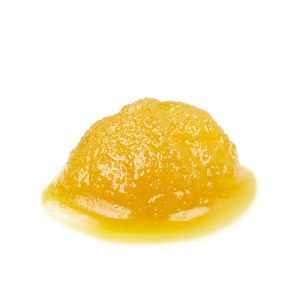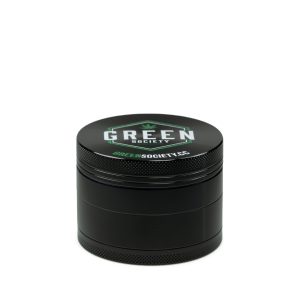Marijuana
Ultimate Guide to Hash Storage and Preservation Tips for Canadians
Introduction
Cannabis connoisseurs across Canada understand the importance of properly storing and preserving hash to maintain its quality and potency. Whether you’re a seasoned user or new to the scene, knowing how to store your hash can make all the difference. This guide will delve into expert tips for hash storage, answer common questions, and help ensure your stash remains as fresh and potent as the day you got it.
Hash Storage Basics: Understanding the Essentials
Before jumping into the specifics, it’s crucial to grasp why proper storage is key. Hash, like any cannabis product, is subject to degradation when exposed to air, light, and temperature fluctuations. Proper storage solutions mitigate these risks, preserving the hash’s aroma, flavor, and, most importantly, its potency.
What Humidity Should Hash Be Kept At?
Maintaining the right humidity level is vital for preserving hash’s quality. Ideal conditions suggest keeping hash at a relative humidity (RH) of 59% to 63%. This range helps prevent the growth of mold and bacteria while preserving the terpenes and cannabinoids that give hash its unique characteristics.
Does Hash Lose Its Potency Over Time?
Yes, hash can lose its potency over time due to the degradation of THC (tetrahydrocannabinol) into CBN (cannabinol), a less psychoactive compound. Factors like exposure to light, air, and improper humidity levels can accelerate this process. Proper storage is key to minimizing potency loss.
Expert Tips for Preserving Potency
To maintain the potency of your hash, consider the following storage methods:
- Airtight Containers: Glass jars with airtight seals are ideal for keeping out air and moisture.
- Cool, Dark Places: Store your hash in a cupboard or drawer away from direct light and heat sources.
- Humidity Packs: Incorporate humidity control packs to maintain the optimal RH level in your storage container.
Should I Keep My Hash Rosin in the Fridge?
Storing hash rosin in the fridge can be beneficial, especially for long-term preservation. Cooling can help maintain the rosin’s viscosity, making it easier to handle while also slowing down the degradation process. However, ensure it’s sealed in an airtight container to prevent moisture buildup. For detailed guidance on storing solventless hash and hash rosins, visit this comprehensive resource.
The Cold Truth: Why Do You Freeze Hash?
Freezing hash is a popular method for preserving its quality, especially for long-term storage. Freezing not only retains the potency by slowing down the degradation of cannabinoids but also preserves the terpenes responsible for hash’s aroma and flavor. When freezing hash, ensure it’s properly sealed to prevent freezer burn and moisture exposure.
Revolutionizing Hash Storage: Modern Solutions
Innovations in cannabis storage have introduced solutions like vacuum-sealed containers and specialized cannabis humidors, designed to provide optimal conditions for products like hash. These solutions offer an extra layer of protection, especially for those looking to store hash for extended periods.
Common Mistakes to Avoid
Avoid these common storage mistakes to ensure your hash stays fresh:
- Storing in Plastic Bags: Plastic can cause static that removes trichomes from the hash, reducing its potency.
- Exposure to Heat and Light: These elements can degrade cannabinoids and terpenes, diminishing the quality of your hash.
- Ignoring Humidity Levels: Too much humidity can lead to mold, while too little can dry out your hash, affecting its texture and potency.
Conclusion
Proper storage and preservation of hash are crucial for maintaining its quality and potency, especially in the variable Canadian climate. By controlling humidity, protecting your stash from light and air, and considering the use of refrigeration or freezing for long-term storage, you can enjoy your hash at its best for longer. Always remember to store responsibly and enjoy your cannabis products within the bounds of Canadian law.















